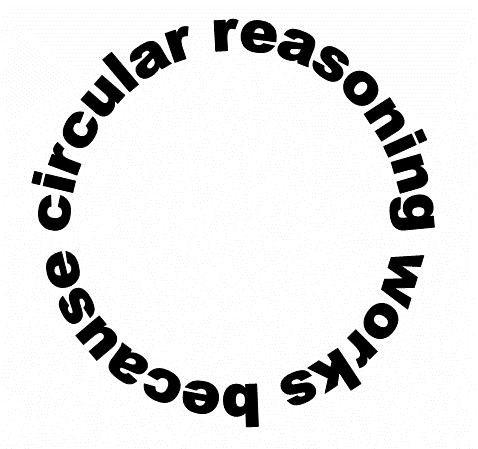In boiled frogs I explored the implications of using local weather to reason about global climate. The statistical fallacies (local = global and weather = climate) are one example of the kinds of failures on my list of reasons for science denial.
As I pondered the challenge of upgrading mental models to cope with big problems like climate, I ran across a great paper by Barry Richmond (creator of STELLA, and my first SD teacher long ago). He inventories seven systems thinking skills, which nicely dovetail with my thinking about coping with complex problems.
Some excerpts:
Skill 1: dynamic thinking
Dynamic thinking is the ability to see and deduce behavior patterns rather than focusing on, and seeking to predict, events. It’s thinking about phenomena as resulting from ongoing circular processes unfolding through time rather than as belonging to a set of factors. …
Skill 2: closed-loop thinking
The second type of thinking process, closed-loop thinking, is closely linked to the first, dynamic thinking. As already noted, when people think in terms of closed loops, they see the world as a set of ongoing, interdependent processes rather than as a laundry list of one-way relations between a group of factors and a phenomenon that these factors are causing. But there is more. When exercising closed-loop thinking, people will look to the loops themselves (i.e., the circular cause-effect relations) as being responsible for generating the behavior patterns exhibited by a system. …
Skill 3: generic thinking
Just as most people are captivated by events, they are generally locked into thinking in terms of specifics. … was it Hitler, Napoleon, Joan of Arc, Martin Luther King who determined changes in history, or tides in history that swept these figures along on their crests? … Apprehending the similarities in the underlying feedback-loop relations that generate a predator-prey cycle, a manic-depressive swing, the oscillation in an L-C circuit, and a business cycle can demonstrate how generic thinking can be applied to virtually any arena.
Skill 4: structural thinking
Structural thinking is one of the most disciplined of the systems thinking tracks. It’s here that people must think in terms of units of measure, or dimensions. Physical conservation laws are rigorously adhered to in this domain. The distinction between a stock and a flow is emphasized. …
Skill 5: operational thinking
Operational thinking goes hand in hand with structural thinking. Thinking operationally means thinking in terms of how things really work—not how they theoretically work, or how one might fashion a bit of algebra capable of generating realistic-looking output. …
Skill 6: continuum thinking
Continuum thinking is nourished primarily by working with simulation models that have been built using a continuous, as opposed to discrete, modeling approach. … Although, from a mechanical standpoint, the differences between the continuous and discrete formulations may seem unimportant, the associated implications for thinking are quite profound. An “if, then, else” view of the world tends to lead to “us versus them” and “is versus is not” distinctions. Such distinctions, in turn, tend to result in polarized thinking.
Skill 7: scientific thinking
… Let me begin by saying what scientific thinking is not. My definition of scientific thinking has virtually nothing to do with absolute numerical measurement. … To me, scientific thinking has more to do with quantification than measurement. … Thinking scientifically also means being rigorous about testing hypotheses. … People thinking scientifically modify only one thing at a time and hold all else constant. They also test their models from steady state, using idealized inputs to call forth “natural frequency responses.”
When one becomes aware that good systems thinking involves working on at least these seven tracks simultaneously, it becomes a lot easier to understand why people trying to learn this framework often go on overload. When these tracks are explicitly organized, and separate attention is paid to develop each skill, the resulting bite-sized pieces make the fare much more digestible. …
The connections among the various physical, social, and ecological subsystems that make up our reality are tightening. There is indeed less and less “away,” both spatially and temporally, to throw things into. Unfortunately, the evolution of our thinking capabilities has not kept pace with this growing level of interdependence. The consequence is that the problems we now face are stubbornly resistant to our interventions. To “get back into the foot race,” we will need to coherently evolve our educational system
… By viewing systems thinking within the broader context of critical thinking skills, and by recognizing the multidimensional nature of the thinking skills involved in systems thinking, we can greatly reduce the time it takes for people to apprehend this framework. As this framework increasingly becomes the context within which we think, we will gain much greater leverage in addressing the pressing issues that await us …
Source: Barry Richmond, “Systems thinking: critical thinking skills for the 1990s and beyond” System Dynamics Review Volume 9 Number 2 Summer 1993
That was 18 years ago, and I’d argue that we’re still not back in the race. Maybe recognizing the inherent complexity of the challenge and breaking it down into digestible chunks will help though.

